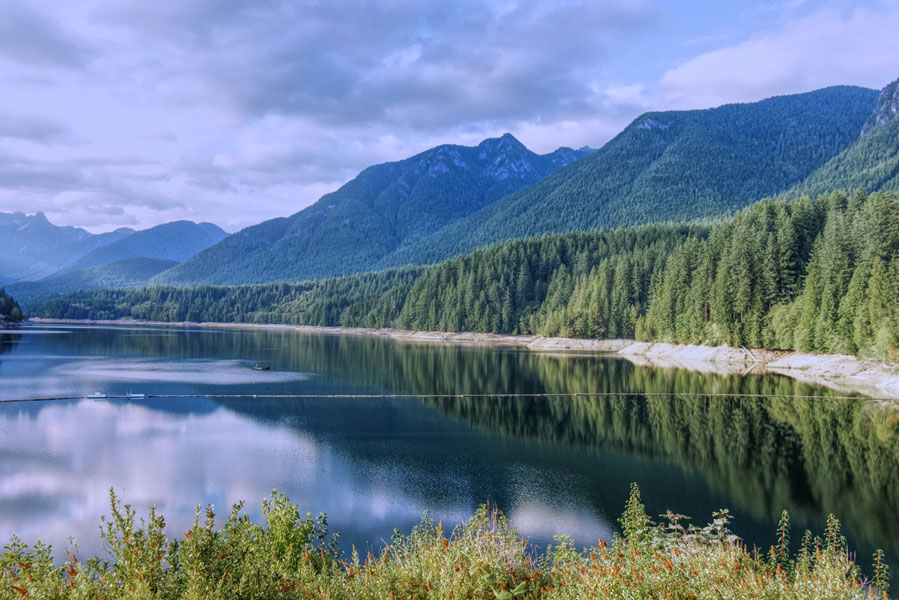
This article appears in the April 2021 issue of Investment Executive. Subscribe to the print edition, read the digital edition or read the articles online.
You can forgive British Columbia Premier John Horgan if he identifies with the captain of the huge container ship that temporarily blocked the Suez Canal last month: he knows exactly what it’s like to be at the helm of something too big and complicated to manage efficiently.
In Horgan’s case, the ship is Site C — a massive, half-completed, $16-billion hydroelectric project on the Peace River in northeastern B.C. that’s taking a decade to build. Like a stranded container ship, Site C is costing billions of dollars by running aground, so to speak, thanks to politics, a pandemic and the perils of unstable riverbed geology.
At 1,100 megawatts, Site C will provide enough electricity annually to run about 450,000 homes or power 1.7 million electric vehicles. The project will be the third dam and generating plant on the Peace River.
The controversial Site C project, which requires new flooding of some Peace River Valley farmland, first drew widespread attention in the 1980s, when public hearings were held in nearby Fort St. John. The project failed to win approval back then, when officials determined there was no need for the additional electricity the facility would generate.
By 2014, however, when B.C. Liberal Christy Clark occupied the premier’s office, Site C was back on the front burner. Demand for electricity was growing — and so was the political need for jobs. In fact, so anxious was Clark to see Site C shovels in the ground that her government had the then-$8.7-billion project bypass a regulatory review by the B.C. Utilities Commission. Work on the site began in July 2015.
By 2017, the new B.C. NDP minority government, which voted against Site C while in opposition, had to quickly decide whether or not to stop the project as costs mounted. However, Clark made sure she left office with Site C construction too far along to halt.
When Horgan gave Site C the green light, he noted that cancelling the project would cost an unrecoverable extra $4 billion. By 2018, the project’s total cost estimate had risen to $10.7 billion.
Last summer, with the project half-completed, BC Hydro revealed that geotechnical instabilities had been discovered in the river’s bedrock beneath the proposed powerhouse, spillways and future dam core areas. Subsequent reports indicated that key BC Hydro and government officials knew about these problems much earlier than last summer.
Horgan was quietly planning for a fall election at that time, so he called for an independent Site C review to keep the details of the project’s costly geotechnical problems under wraps until after the election — which he won handily.
To make matters worse, Covid- 19 forced BC Hydro to scale back its 4,000-plus workforce by half over the all-important summer construction period to comply with provincial health orders.
Horgan gave Site C another green light in February under his new election mandate. He said killing the project would cost $10 billion and result in sky-high electricity costs for consumers. A subsequent independent review concluded proposed geotechnical fixes would probably work, but the full project cost jumped to $16 billion, while the completion date was delayed by a year to 2025.
The anticipated strong growth in electric cars and further electrification of public transit may be Site C’s only saving grace. BC Ferries recently announced many of its new vessels will be electric.
A number of observers have suggested that while the former Liberal government was too quick and politically anxious to launch Site C, the current NDP government has failed miserably in properly managing the huge project. There are no guarantees that $16 billion will be the final cost of Site C, although Horgan is now promising much tougher oversight.
Uncooperative co-executor passed over by court
Case illustrates the risks of appointing multiple executors